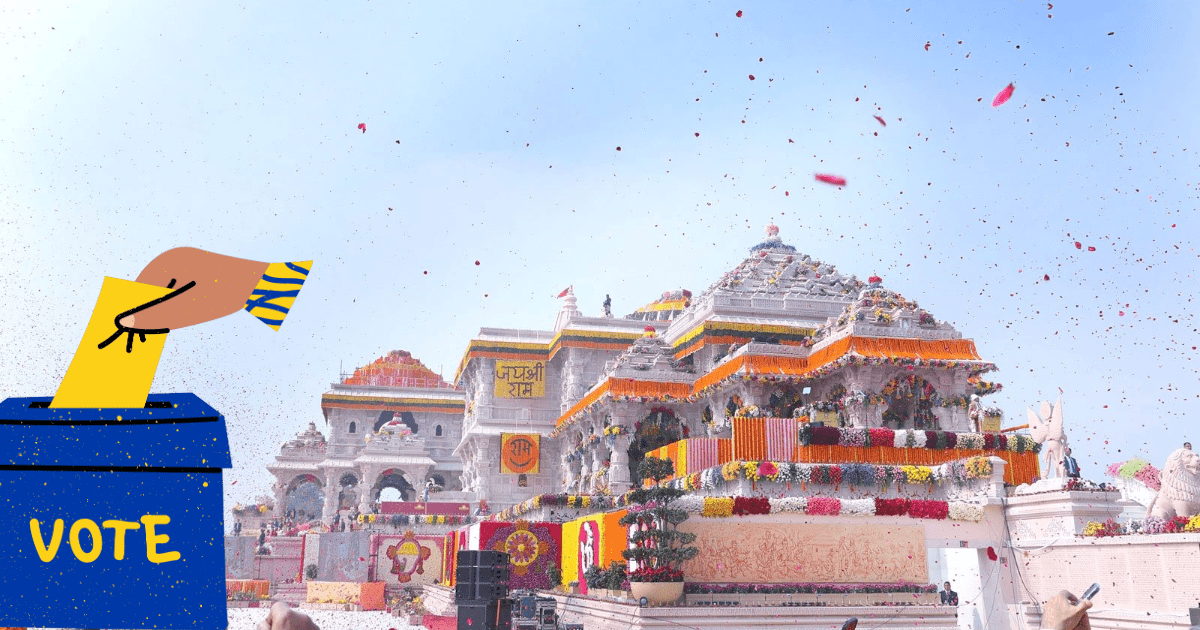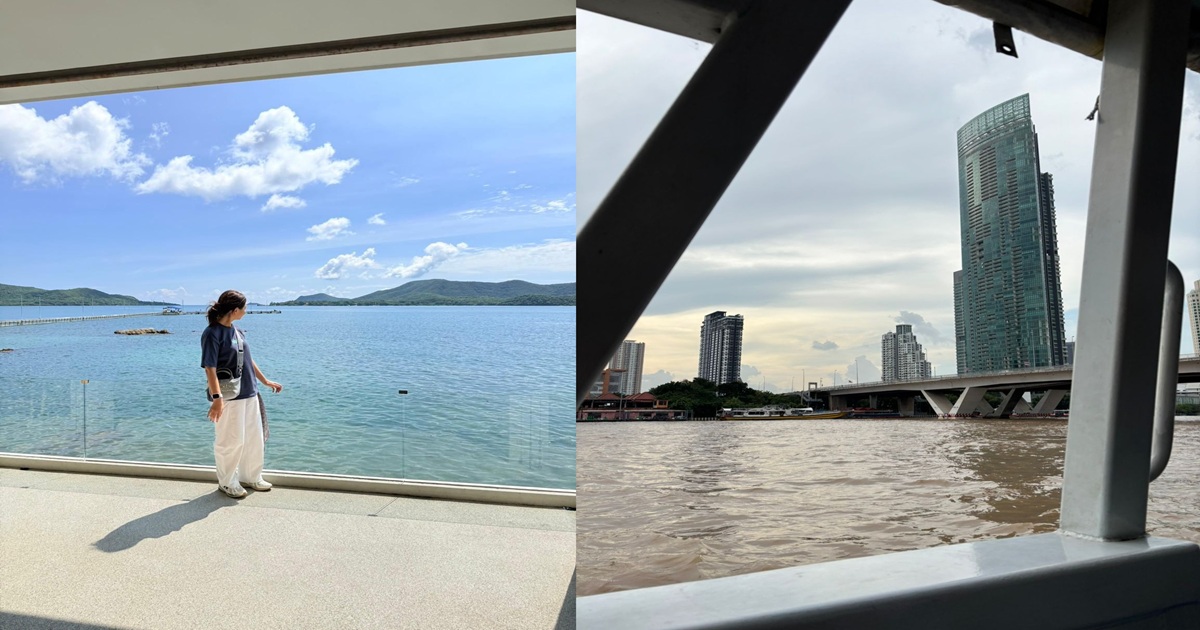
Nestled along the banks of the sacred Sarayu River, Ayodhya, the ancient city steeped in mythology and history, has long been revered as the birthplace of Lord Ram. Its winding lanes and towering temples have drawn pilgrims and tourists alike for centuries, seeking solace and spiritual enlightenment in its hallowed precincts. However, the grand inauguration of the Ram Mandir by Prime Minister Narendra Modi on January 22 catapulted Ayodhya into the international spotlight, marking a pivotal moment in its storied legacy.
Ayodhya Lok Sabha constituency holds significant political and cultural importance in India due to its association with the Ayodhya city, revered by Hindus as the birthplace of Lord Rama. The constituency has been a focal point of the Ram Janmabhoomi-Babri Masjid dispute, which culminated in the landmark Supreme Court verdict in 2019, paving the way for the construction of a Ram Temple at the disputed site.
The Intricacies of Caste Politics
Yet, beyond the reverberations of temple politics, the electoral dynamics in this historic city extend far deeper, intricately entwined with the complex tapestry of caste equations that define Indian politics. As the countdown to the Lok Sabha elections in the Faizabad constituency looms, the stage is set for a compelling showdown among political heavyweights vying for supremacy in this hotly contested seat.
Key Contenders and their Political Background
The political landscape of Faizabad, still affectionately known by its old moniker, remains a microcosm of India's diverse social fabric, where caste allegiances often hold sway over electoral outcomes. Against the backdrop of the grand Ram Mandir, a compelling narrative of electoral intrigue unfolds, pitting BJP's Thakur candidate Lallu Singh against SP's Dalit candidate Awadhesh Prasad and BSP's Brahmin contender Sachhidanand Pandey.
Reflecting on the intricate dance of caste politics, Rajesh N. Bajpyee, a seasoned political analyst, elucidates, "Since 1989, the BJP has won only four out of eight Lok Sabha elections here. The electoral fortunes have oscillated between various parties, underscoring the nuanced calculus of caste dynamics that underpins Faizabad's electoral landscape."
Transformation Since Ram Mandir Inauguration
The transformation of Ayodhya since the consecration of the Ram Mandir is palpable, resonating with the echoes of a resurgent religious fervour that has breathed new life into its bustling thoroughfares. Locals attest to the metamorphosis that has swept across the city, as once tranquil lanes now thrum with the rhythmic pulse of pilgrims from across the country.
B. P. Singh, a venerable resident of Ayodhya, reflects on this metamorphosis, remarking, "The Ram Path, once a nondescript thoroughfare, has blossomed into a vibrant hub reminiscent of Connaught Place in Delhi, teeming with life and commerce." Indeed, the once-sleepy by-lanes now pulsate with the energy of pilgrimage, as devout Hindus flock to pay homage at the hallowed site of the Ram Mandir.
However, amidst the clamour of electoral fervour, caste dynamics emerge as the fulcrum around which Faizabad's political fortunes pivot. With Dalits constituting a significant chunk of the electorate, their allegiances hold the key to unlocking electoral success in this closely contested constituency.
Candidates and their Prospects
With a substantial 26% Dalit population, Ayodhya Lok Sabha constituency is a significant political arena, predominantly comprising the Rawat, Chamar, and Kori communities. Awadhesh Prasad, a seasoned politician and the Samajwadi Party's (SP) Dalit face, emerges as a prominent candidate. Prasad, who has been an SP MLA from the Milkipur assembly constituency, boasts a longstanding political career dating back to his initial assembly victory in 1977.
Having regained the Milkipur seat in 2022 after losing in the 2017 assembly election, Prasad stands as a formidable contender. Meanwhile, the Bahujan Samaj Party (BSP) fields former BJP leader Sachhidanand Pandey, representing Brahmin interests, adding an intriguing dynamic to the electoral landscape.
The Interplay of Caste Dynamics
Kamlesh Srivastava, a seasoned journalist, sheds light on the intricate interplay of caste dynamics, remarking, "The upper castes predominantly align with the BJP, while Dalits and Muslims gravitate towards the INDIA bloc candidate, reflecting the intricate calculus of caste-based politics in Faizabad."
As the electoral battle intensifies, veteran BJP leader Lallu Singh stakes his claim to a third consecutive term, banking on a consolidated Hindu vote to secure victory. With his campaign headquarters situated on the bustling Ram Path, Singh embodies the BJP's steadfast commitment to championing the cause of Hindutva in Ayodhya.
Against this backdrop of political intrigue, the caste composition of the Faizabad constituency emerges as a critical determinant of electoral outcomes. With Dalits, Muslims, and various other caste groups constituting significant segments of the electorate, the electoral calculus becomes a delicate balancing act of competing interests and alliances.
As Ayodhya emerges as a crucible of religious fervour and political ambition, the Faizabad Lok Sabha seat assumes a significance far beyond its electoral boundaries. In the crucible of electoral politics, where the echoes of history mingle with the aspirations of a new India, Faizabad stands as a testament to the enduring legacy of Ayodhya, where faith and politics converge in a tapestry as rich and varied as the fabric of the nation itself.
Popular Categories
Read More Articles
Travel and Tourism
Thailand’s Tourism Boom in 2025 Driven by Asian Travel Demand by Awadh 360° Desk December 24, 2025Business
D2C plant-based nutrition brand Earthful is hiring Moms to Speak on Menopause & is offering ₹1 Lakh Stipend! by Awadh 360° Desk December 15, 2025India
Appropriation vs. Appreciation: Reclaiming Indian Culture, Craft and Credit by Mohammed M. Raza December 13, 2025Politics
BJP turns to OBC leader Pankaj Chaudhary for UP top post by Awadh 360° Desk December 13, 2025



